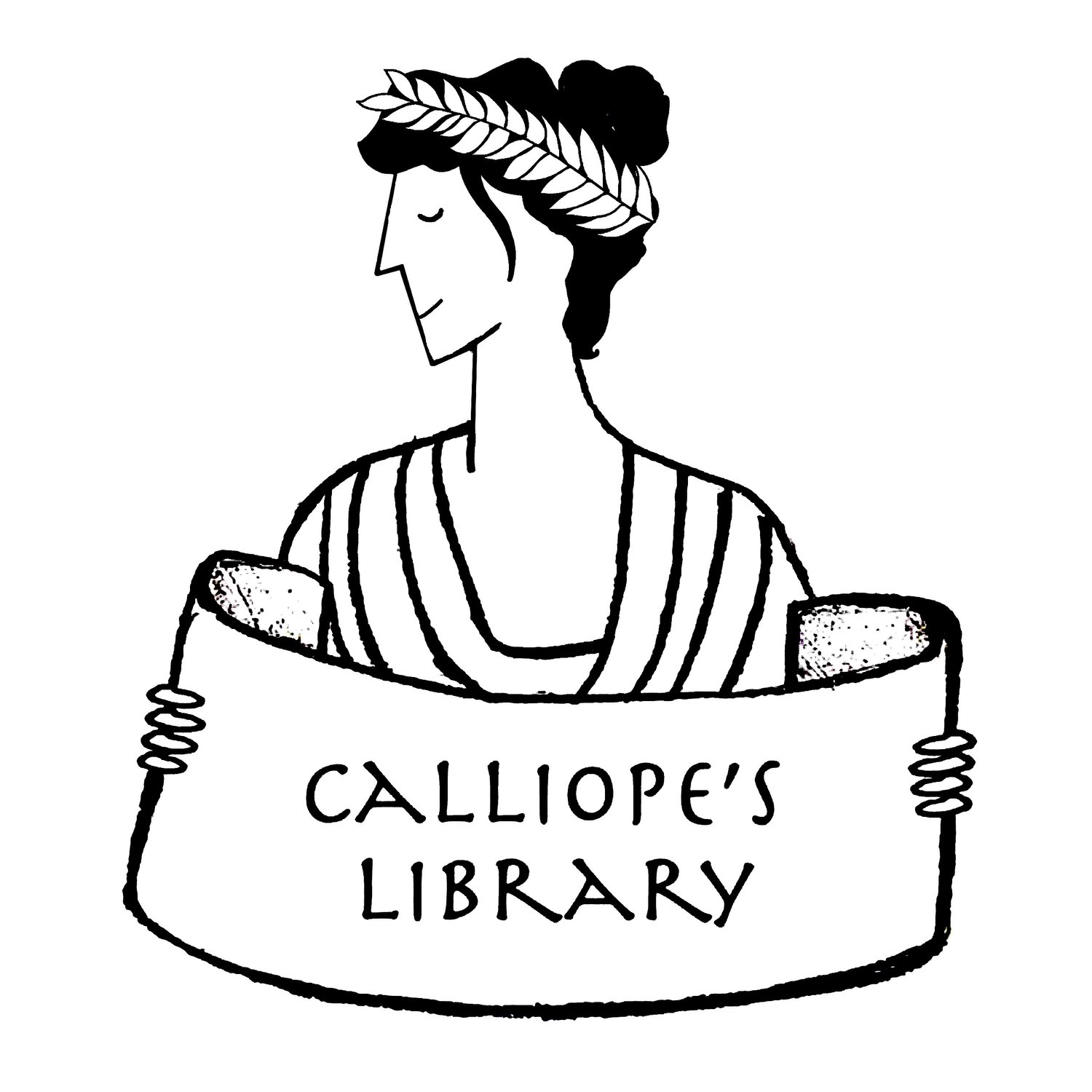Title: The Olympians: Hera, The Goddess and Her Glory (vol. 3)
Author and Illustrator: George O'Connor
Date: 2011
Tags: Young adult, Graphic novel, Mythology, Hercules, Io, Ancient worlds, Racially/Ethnically diverse, English, Award winner: YALSA Great Graphic Novel for Teens
Readers interested in a scholarly approach to children’s literature may consult this title on Our Mythical Childhood Survey*
Hera is so often presented as the villain in all modern takes on Greek mythology that I wasn’t sure what to expect from a graphic novel with her as the protagonist. O'Connor’s Hera is strong and difficult, but she has a lot to put up with in his Zeus. I was pleased to read about a Hera who can genuinely challenge him on his bad behavior, and, to a certain extent, keep him in check.
Surprisingly, most of this book is devoted to Hercules. Hera’s relationship with Hercules is famously antagonistic, even in ancient sources. At first glance he seems like a terrible choice to rehabilitate Hera’s character. However, I did O’Connor an injustice when I doubted him. In telling Hercules’ labors from Hera’s point of view, O’Connor reframes her as a powerful goddess who is deliberately reforging her husband’s son into her own protégé; the greatest of heroes, who is credited to her instead of Zeus. If it’s hard on Hercules, at least the reward is equal to the burden.
It warmed my heart to read in the back that Hera is O'Connor’s favorite goddess. He certainly does her credit. The picture that emerges from this book is that of a complex, intelligent, and strong individual. This Hera isn’t nice, but she is certainly a queen. – Krishni Burns
* For further information on the Our Mythical Childhood Survey, please refer to the website of the project “Our Mythical Childhood” [link: http://omc.obta.al.uw.edu.pl/], led by Prof. Katarzyna Marciniak at the Faculty of “Artes Liberales,” University of Warsaw, Poland, with the participation of Bar Ilan University, University of New England, University of Roehampton, University of Yaoundé 1, and other affiliated scholars, within the funding from the European Research Council (ERC) under the European Union’s Horizon 2020 Research and Innovation Programme (grant agreement No 681202).














